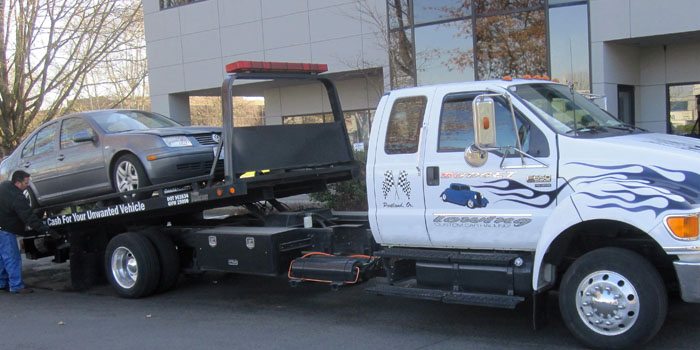
 It’s a great pleasure to once again be guest blogging on GeekDad, and what better time of year than July. Summer’s here, school’s out, and the weather is hot and about to get hotter.
It’s a great pleasure to once again be guest blogging on GeekDad, and what better time of year than July. Summer’s here, school’s out, and the weather is hot and about to get hotter.
My new book, The Practical Pyromaniac, hit the bookstores last month. I think GeekDads and GeekMoms alike will find the book pretty interesting. It’s a hands-on exploration into the nature of fire; learning about fire by playing with fire so to speak. Is it dangerous? Nah. . . . Well, maybe a little.
One of my favorite projects from the book is the Fire Tornado. It’s incredibly dramatic and the science behind it is just great.
A fire tornado or fire whirl and a dust devil are similar in many ways. Both form when a layer of hot air is covered with a layer of cooler air. The hot air, lighter and more buoyant, pokes a hole in the cool air above it and rises up through the opening.
If the conditions are right, the rising hot air begins to spin, and a whirlwind forms. The rotational trigger for the vortex could be as simple as a gust of wind rushing past a rock or small mound of dirt. The difference between a dust devil and a fire whirl is to some extent merely a matter of degree. Where the surface temperature of the dry, dusty earth that typically creates the dust devil can be as hot as 150°F, the fire whirl is created by air temperatures that may exceed 2,000°F. These extreme temperatures create massive columns of rising hot gas that shoot up erratically through the cool air layer. The hotter the fire and the more unstable the atmospheric conditions, the more erratically the hot gas rises. Some small triggering event makes the fire begin to spin as it ascends, the hot gas slipping by and spinning around with the cool air containing it, due to friction. A fire whirl is born.
In the center core of a whirl, the air is drawn down, while on the edge of the vortex there is a strong updraft. The air and hot gas rotate like a hurricane, with the greatest wind speeds closest to the core or eye of the whirl. The movement of the air works like a giant blower or bellows, providing a surfeit of oxygen, which causes the fire to burn with an intensity five to six times greater than a nonrotating fire.
See it in action:The Fire Tornado
The entire project is presented here, via Gizmodo Enjoy, with caution.
Bill Gurstelle is a contributing editor at Make Magazine and Popular Mechanics. His new book, The Practical Pyromaniac is available in bookstores everywhere.

